Increasing Power and Efficiency
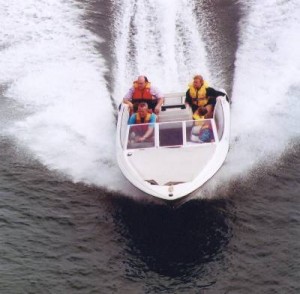
Over the years, 2 stroke engine manufacturers competed not only to build the most powerful engines, but also the most efficient ones. Efficiency becomes even more crucial when discussing engines in the 115 to 150 hp range. These outboards are best suited for boat owners who don’t mess around – they want to get from point A to point B quickly, and reliability is key. Still, it would be a shame to waste a perfectly good fuel/oil mixture.
Loop charging, also known as Schneurle porting, is a method by which transfer ports force the fresh fuel/air mixture into the combustion chamber as soon as it enters the cylinder. This discourages fuel from being lost through the exhaust port, improving efficiency as well as engine power. The method got its moniker from Anton Schneurle, a German scientist who invented a form of it in the 1920s.
Prior to the widespread of loop charging, 2 stroke engines trailed behind their 4 stroke counterparts in terms of power and efficiency. Today, Yamaha and other purveyors of 2 cycle oil feature a line of high-end, loop-charged engines that run the gamut from 115 hp to 150 hp. Without these innovations, boat owners wouldn’t be able to enjoy the speed and efficiency of modern outboard engines.


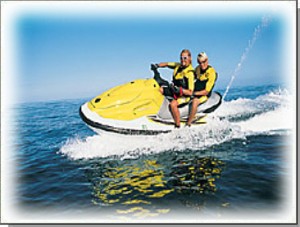
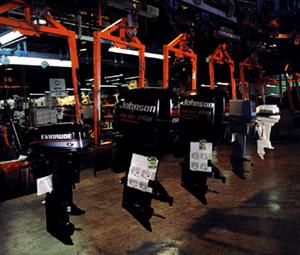
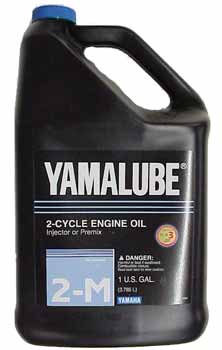 If you’ve been shopping around for outboard oil lately, you’ve probably noticed a small indicator on the label, proclaiming that the oil meets “TC-W3” standards. But what does this designation really mean? As one might expect, TC stands for two-cycle. The W is merely standing in for water-cooled. And the 3 simply means that it’s the third formulation of oil for two-cycle, water-cooled engines.
If you’ve been shopping around for outboard oil lately, you’ve probably noticed a small indicator on the label, proclaiming that the oil meets “TC-W3” standards. But what does this designation really mean? As one might expect, TC stands for two-cycle. The W is merely standing in for water-cooled. And the 3 simply means that it’s the third formulation of oil for two-cycle, water-cooled engines.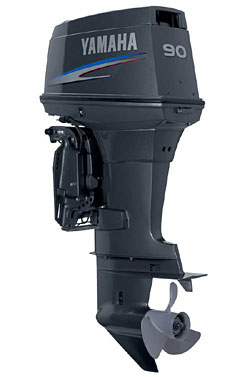 The lower-horsepower outboards highlighted yesterday are perfectly suitable for inflatables, canoes and other small craft, but what about those who want to step up their performance? Mid-range engines are tailor-made for fishermen and other boaters who appreciate the capability of traveling several miles at a time. Outboard motors in the 20 to 35 hp range fit the bill, providing crucial mobility for light fiberglass vessels and sailboats.
The lower-horsepower outboards highlighted yesterday are perfectly suitable for inflatables, canoes and other small craft, but what about those who want to step up their performance? Mid-range engines are tailor-made for fishermen and other boaters who appreciate the capability of traveling several miles at a time. Outboard motors in the 20 to 35 hp range fit the bill, providing crucial mobility for light fiberglass vessels and sailboats.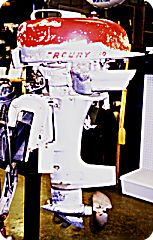
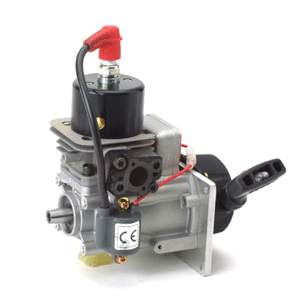 Contrary to popular belief, not all 2-cycle engines are suited for the same purposes. For the most part, 2-cycles can be separated into two distinct groups: water-cooled engines and air-cooled engines. Outboard motors are typically run at high speeds for long durations and then throttled down once a boater reaches his or her destination. Recirculated water keeps these engines cool. On the other hand, most chainsaws are stopped and started frequently, and their engines are air-cooled.
Contrary to popular belief, not all 2-cycle engines are suited for the same purposes. For the most part, 2-cycles can be separated into two distinct groups: water-cooled engines and air-cooled engines. Outboard motors are typically run at high speeds for long durations and then throttled down once a boater reaches his or her destination. Recirculated water keeps these engines cool. On the other hand, most chainsaws are stopped and started frequently, and their engines are air-cooled.